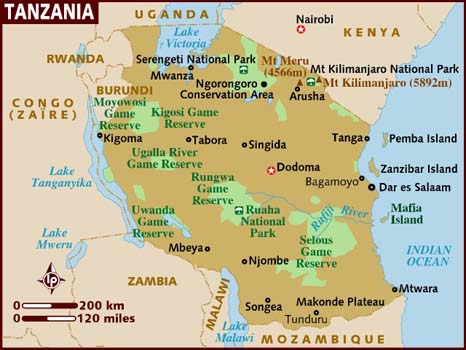 |
The
history of Tanzania is similar to that of Kenya. Humans
have been in East Africa for well over 100,000 years as the Rift Valley
is believed to be the origin of humanity. Recent native populations
include a mix of native peoples, Bantu peoples from south and
central Africa, and coastal civilizations from Zanzibar. Arab traders
were common
the coastal areas of Tanzania and it is their influence that helped
create
the Swahili language, which is a mixture of Bantu and Arabic words. The
Portuguese first arrived in 1498 and they controlled trade until the
Omani Empire gained control in the 1600's. In the mid 1800's influence
shifted to the Germans who established Tanzania as a German colony.
After World War I, the British took over the colony. Tanzania received
its independence from Britain in 1961. Julius Nyerere was elected the
countries first Prime Minister and under him Tanzania became a one
party
state. That continued until 1992. Currently the country is a democracy.
|
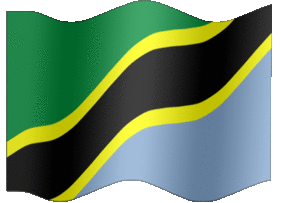 |
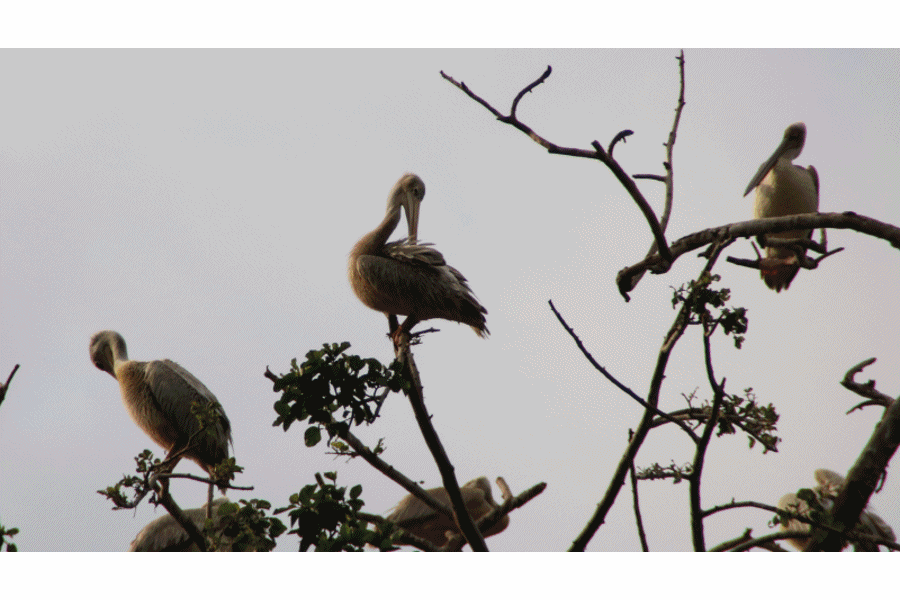
Lake Manyara National Park
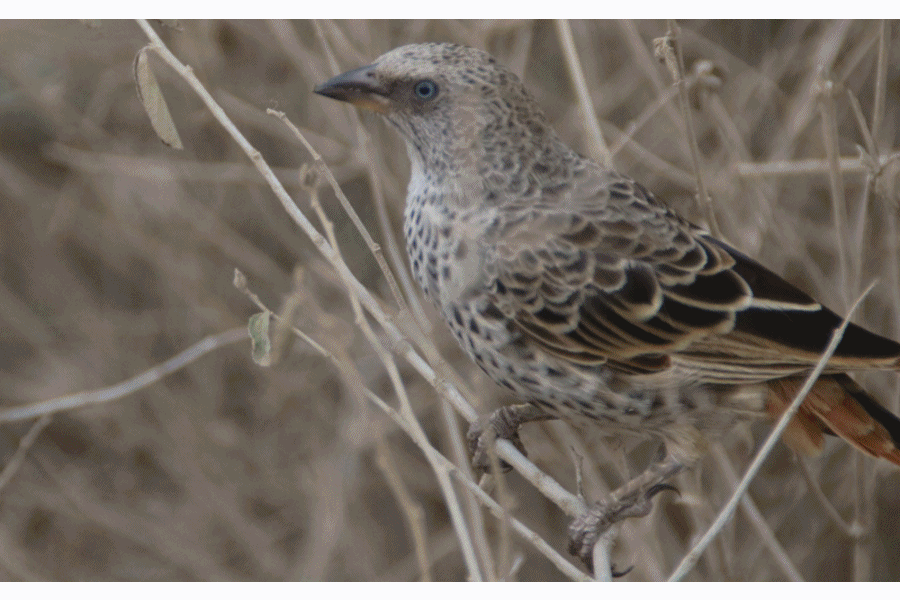
Serengeti National Park 2019
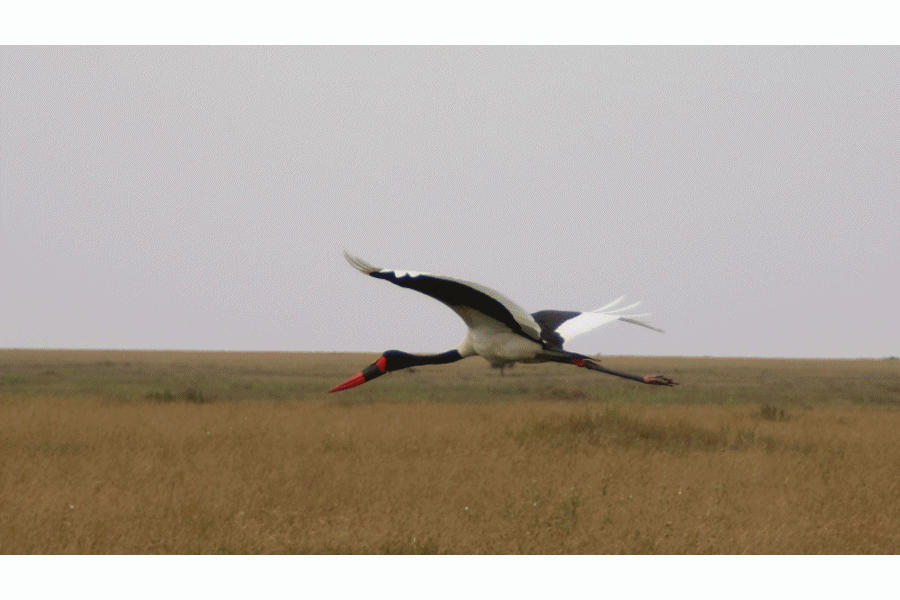
More Serengeti National Park
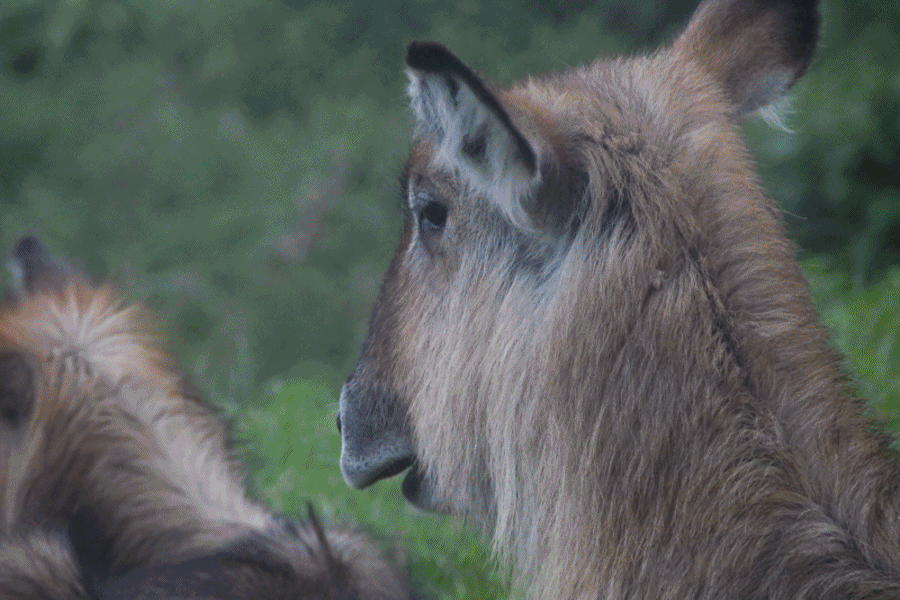
Ngorongoro National Park 2019
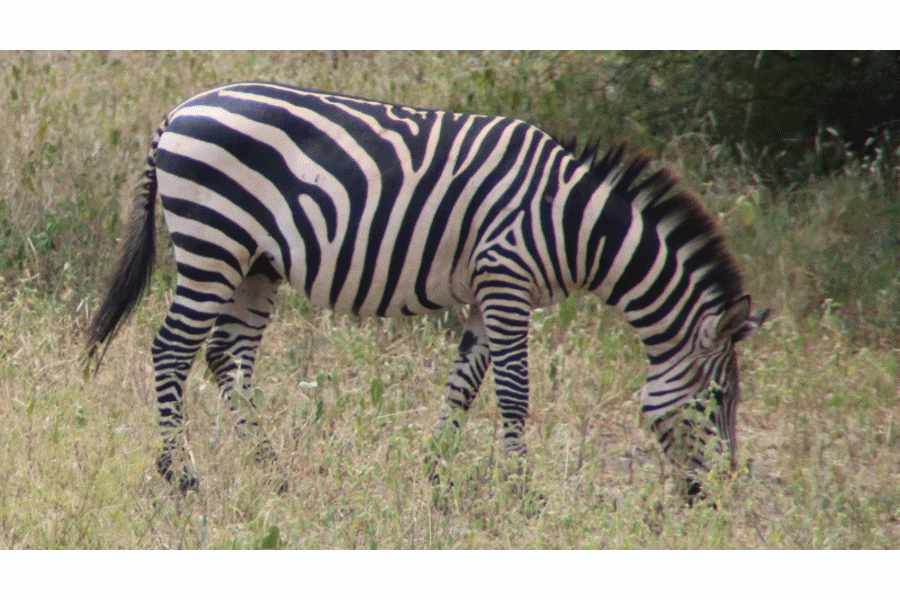
Tarangire National Park 2019


